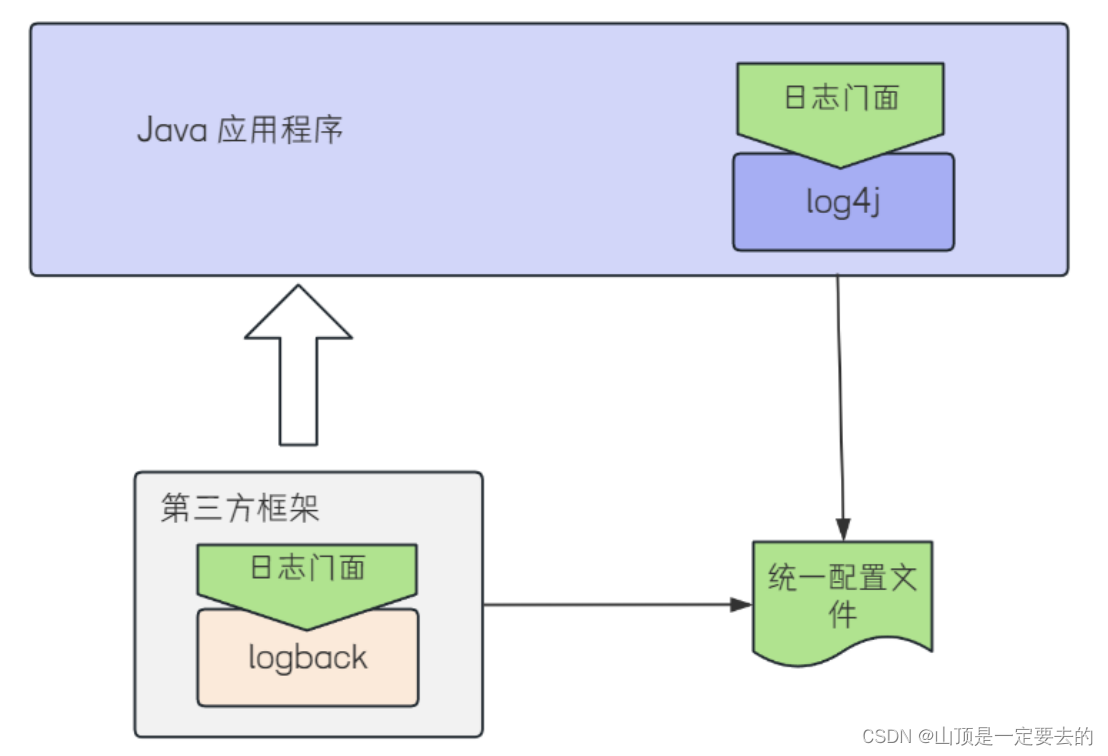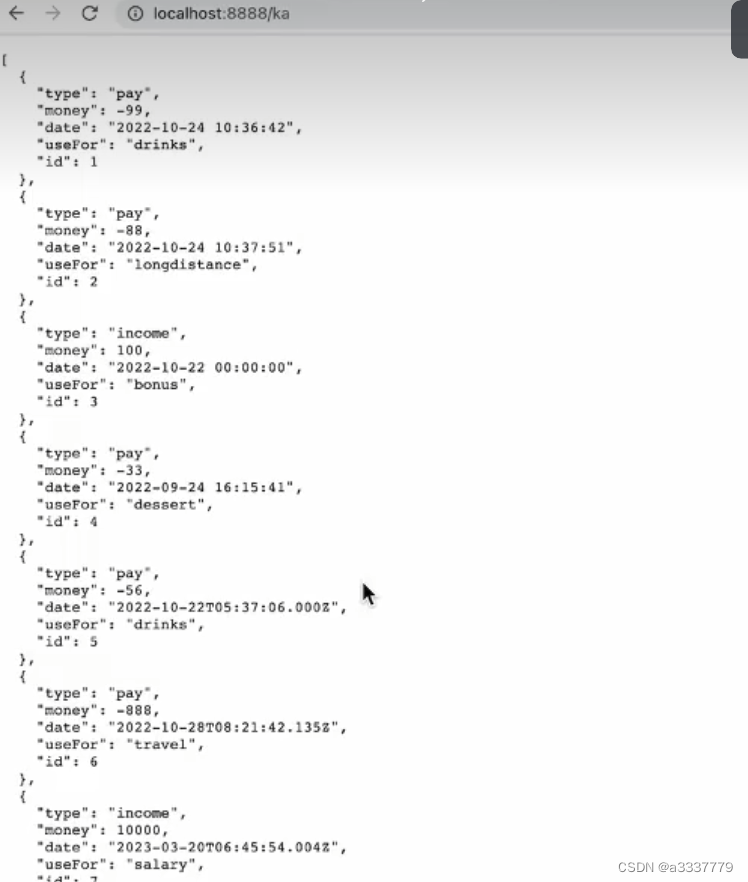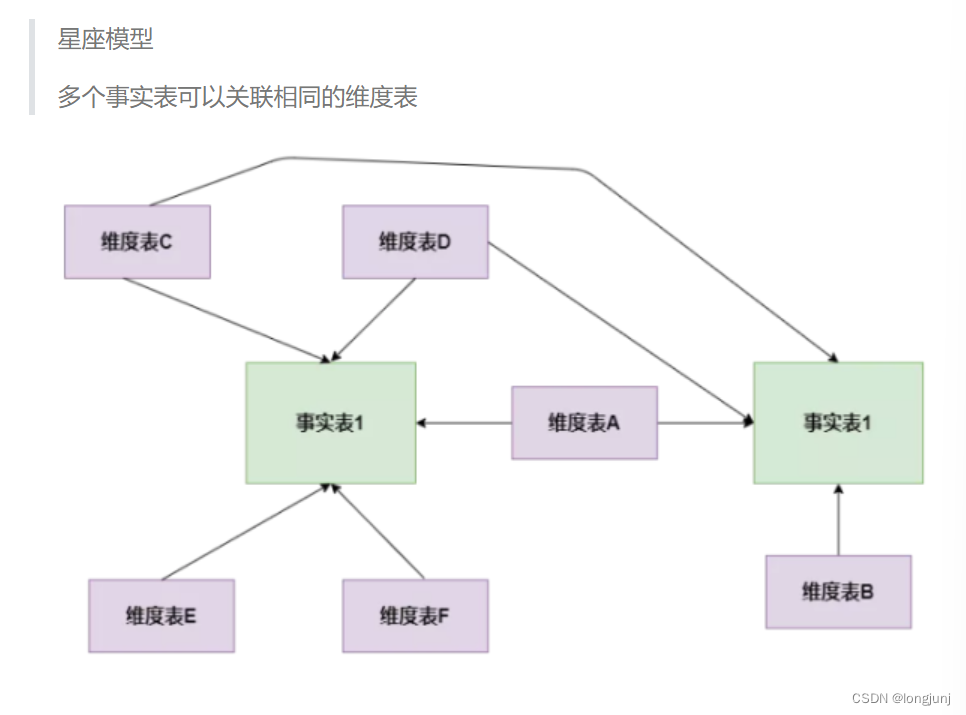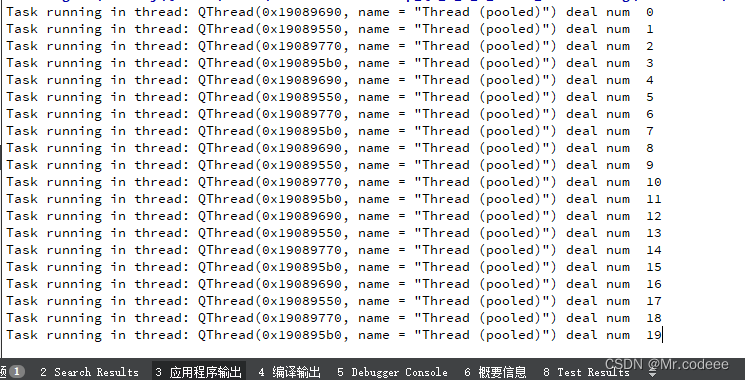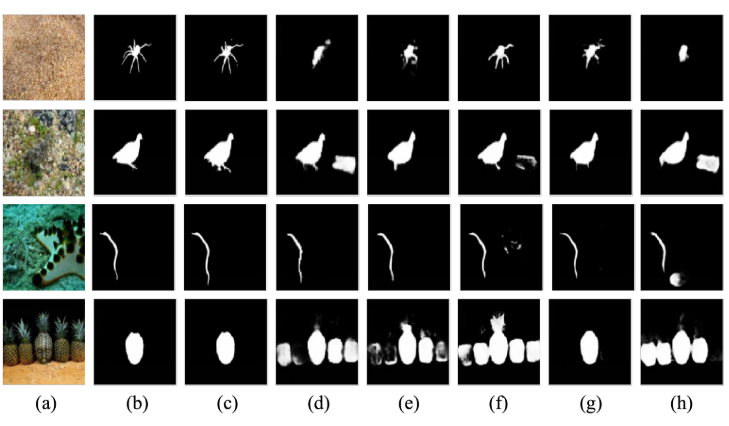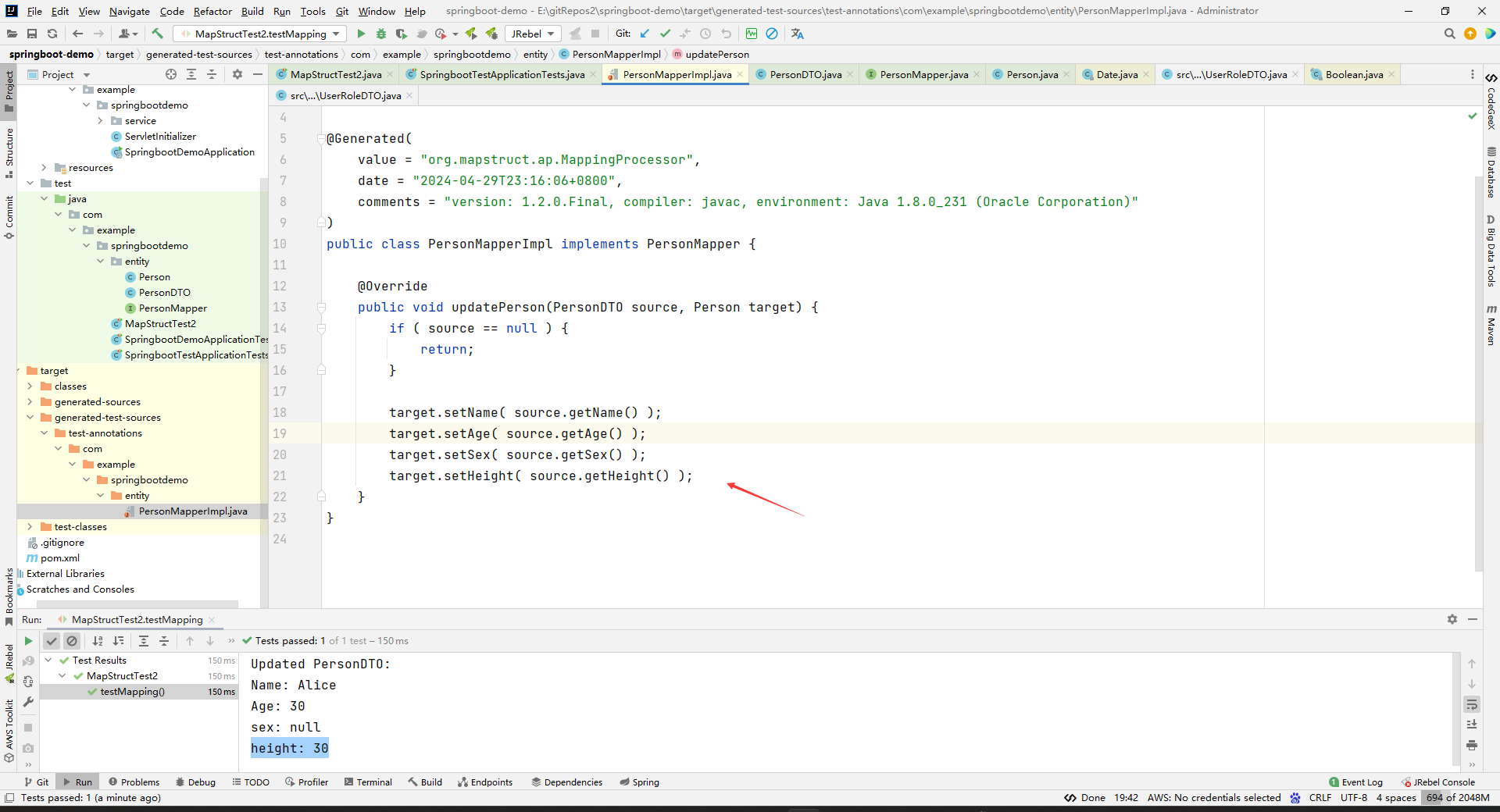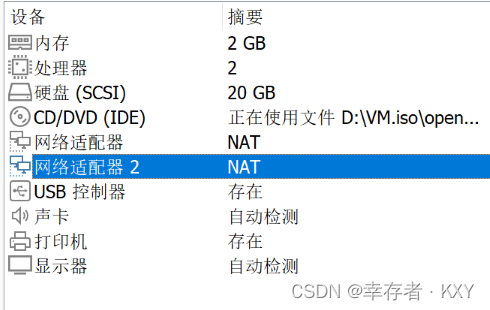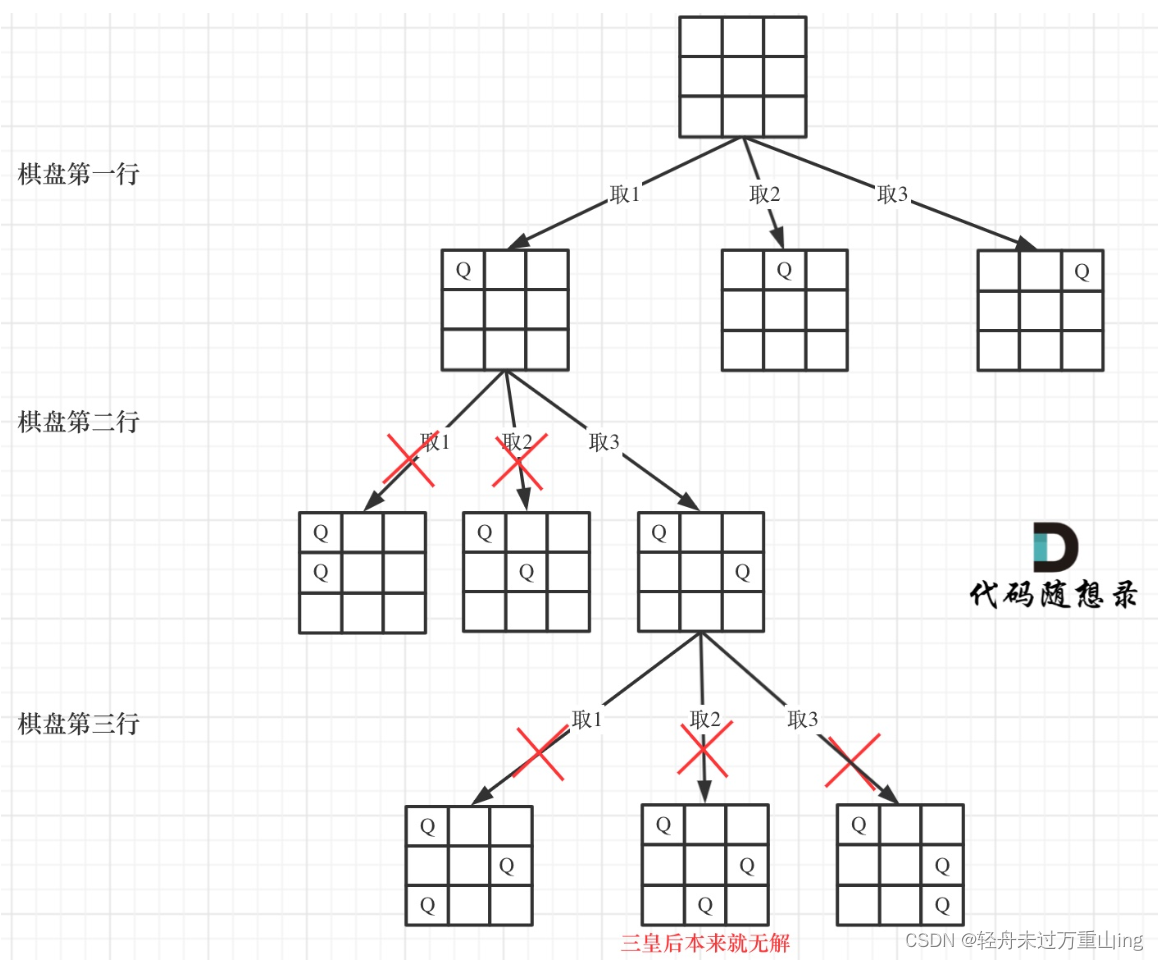一、HashMap是什么,怎么用
1、HashMap是什么
HashMap 也是 Rust 标准库中提供的集合类型,但是又与动态数组不同,HashMap 中存储的是一一映射的 KV 键值对,并提供了平均时间复杂度为 O(1) 的查询方法。
2、HashMap怎么用
(1)创建哈希表
使用new 方法创建
use std::collections::HashMap;//注意要导入包
// 创建一个HashMap,用于存储宝石种类和对应的数量
let mut my_gems = HashMap::new();
// 将宝石类型和对应的数量写入表中
my_gems.insert("红宝石", 1);
my_gems.insert("蓝宝石", 2);
my_gems.insert("河边捡的误以为是宝石的破石头", 18);
使用collection创建
fn main() {
use std::collections::HashMap;
let teams_list = vec![
("中国队".to_string(), 100),
("美国队".to_string(), 10),
("日本队".to_string(), 50),
];
let teams_map: HashMap<_,_> = teams_list.into_iter().collect();
println!("{:?}",teams_map)
}
元组数据直接创建
use std::{collections::HashMap};
fn main() {
let teams = [
("Chinese Team", 100),
("American Team", 10),
("France Team", 50),
];
let mut teams_map1 = HashMap::new();
for team in &teams {
teams_map1.insert(team.0, team.1);
}
let teams_map2 = HashMap::from(teams);
assert_eq!(teams_map1, teams_map2);
println!("Success!")
}
(2)哈希表的元素所有权转移
即放入元素到哈希表中也会发生所有权转移
fn main() {
use std::collections::HashMap;
let name = String::from("Sunface");
let age = 18;
let mut handsome_boys = HashMap::new();
handsome_boys.insert(name, age);
println!("因为过于无耻,{}已经被从帅气男孩名单中除名", name);
println!("还有,他的真实年龄远远不止{}岁", age);
}
(3) 获取哈希表中的元素
use std::collections::HashMap;
let mut scores = HashMap::new();
scores.insert(String::from("Blue"), 10);
scores.insert(String::from("Yellow"), 50);
let team_name = String::from("Blue");
let score: Option<&i32> = scores.get(&team_name);
- get 方法返回一个 Option<&i32> 类型:当查询不到时,会返回一个 None,查询到时返回 Some(&i32)
- &i32是对 HashMap 中值的借用,如果不使用借用,可能会发生所有权的转移
(4)遍历哈希表中的元素
use std::collections::HashMap;
let mut scores = HashMap::new();
scores.insert(String::from("Blue"), 10);
scores.insert(String::from("Yellow"), 50);
for (key, value) in &scores {
println!("{}: {}", key, value);
}
(5)哈希表插入新值
fn main() {
use std::collections::HashMap;
let mut scores = HashMap::new();
scores.insert("Blue", 10);
}
(6)没有则插入
fn main() {
use std::collections::HashMap;
let mut scores = HashMap::new();
scores.insert("Blue", 10);
// 查询Yellow对应的值,若不存在则插入新值
let v = scores.entry("Yellow").or_insert(5);
assert_eq!(*v, 5); // 不存在,插入5
}
(7)已有则更新
fn main() {
use std::collections::HashMap;
let mut scores = HashMap::new();
scores.insert("Blue", 10);
// 覆盖已有的值
let old = scores.insert("Blue", 20);//覆盖
assert_eq!(old, Some(10));
}




